Breaking up is not hard to do…
Recently a colleague asked for my advice around breaking up with a client. I responded by explaining to her that first, it’s important to understand the context, which has led to this, as there are different ways to manage a breakup.
Professional breakups don’t necessarily mean a disaster. Well managed and with both parties best interests as the focus, can, in most cases lead to a more positive outcome long term.
One of our core values at Sparrowly Group is legacy. With a vision for better, sustainable and profitable business with its people and customers at the core, Sparrowly Group is all about making the world – on a micro and macro scale - a better place. It is our intention to leave our clients and connections in a better place than when we found them, with the tools to continue improving.
With this in mind, in some cases a break up is necessary. Let’s explore a couple different scenarios where you may need to break up with a client and how to best manage it in light of ensuring the client is well supported and has the tools to carry on successfully.
When the brief has gone in a different direction, which is not your expertise or core business.
Have you experienced where a potential client has approached you, because they like your work (which is extremely flattering) and wants to work with you? However as you work through the brief (which can stretch out to ‘additions’) you realised this is not actually your area of expertise or core business (i.e. you could do it but it would distract you from your other clients).
In this case, I recommend having a conversation with the client. Before you do though, invest in your own time to do some research and ringing around to find an alternative provider for them. So rather than leaving them in the lurch, you’ve recognised that you are not the right fit, made the effort to find alternatives, and facilitated an introduction to these alternatives.
The outcome? It shows that you truly care about their success, that you are professional and have given them a solution so that their project is not compromised.
When the project is completed but the client wants you to continue.
This is fine if there is additional work to be completed but if it’s a case that the project is finished but the client doesn’t feel comfortable without you, you should be asking yourself, “Where did I go wrong?”
Delivering a project goes beyond the technical work and should always encompass a rigorous change management plan. Remember; leave your clients in a better place than you found them with the tools to carry on without you.
This should include supporting your client and their people whether it is up skilling the current team, or finding a more permanent in-house solution to continue the functional aspects of the project. If you don’t what happens is that client gets into the cycle of only ever relying on consultants, which is not the way to run a business. Consultants are there to help bridge a gap not to be the running of the business.
As flattering as this is and tempting because it is billable hours, you don’t want to be that business that keeps finding work for themselves and hangs around like a bad smell. Like in a personal relationship, when it’s time to go, go, and if you really care about your clients, like we do, regularly check in on them with a phone call, an email, or even over coffee every quarter or so to check in and leave them with the comfort that they too can check in if they are ever stuck and just need to sense check to make sure they are on the right track.
The result? A successful delivery for you, positive outcomes for the client and their team and the good will that is created from your project delivery. This also leads to positive word of mouth and a client who is willing to be a referee for many years to come.
Remember managing client breakups is as important for the client and the wellbeing of their business as it is for your own. You and your team need to have closure to move on and focus on other projects and be able to reflect and learn from each piece of work. Keep in touch with your clients, check in and if you see interesting pieces of information that are relevant for them and their team, send it across.
Caring about your clients and their success is our number one priority. It should be yours too.

